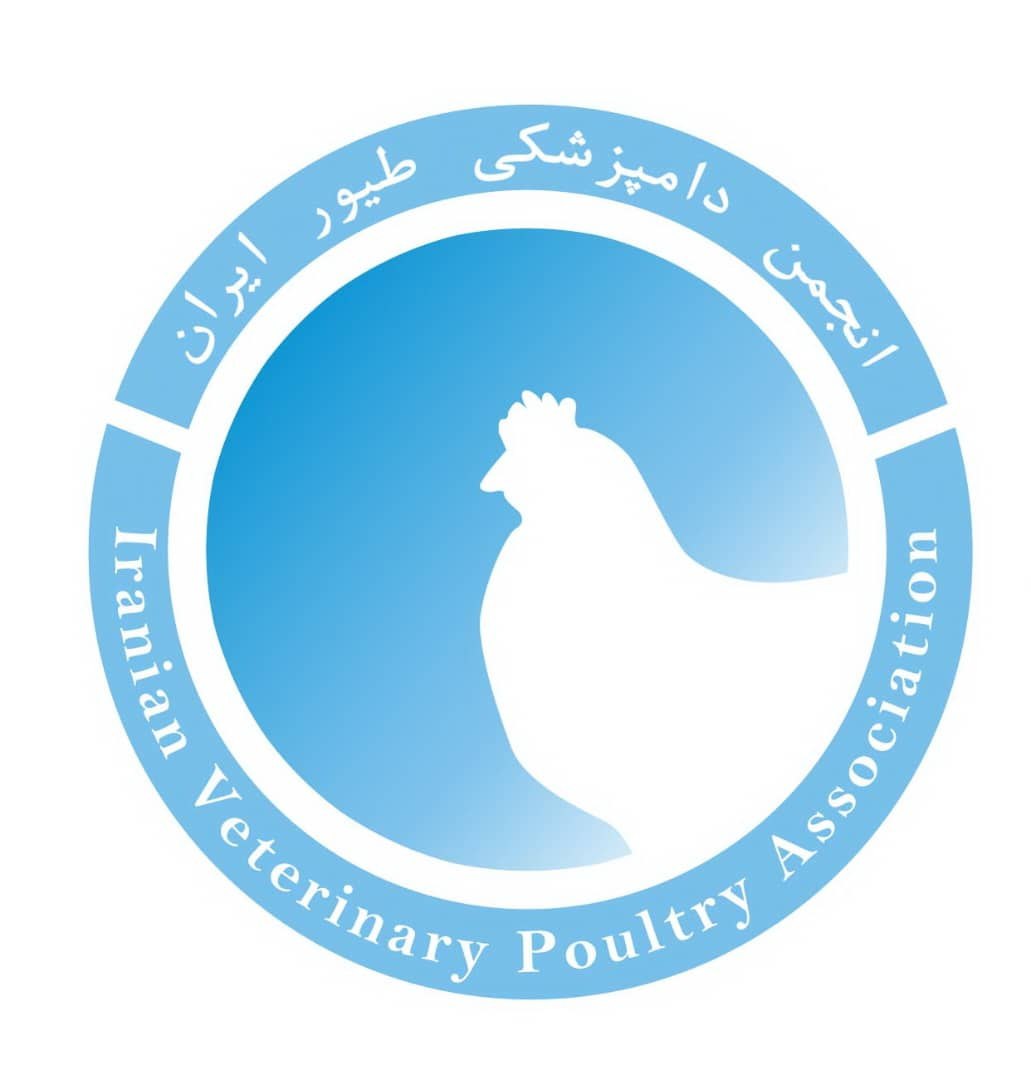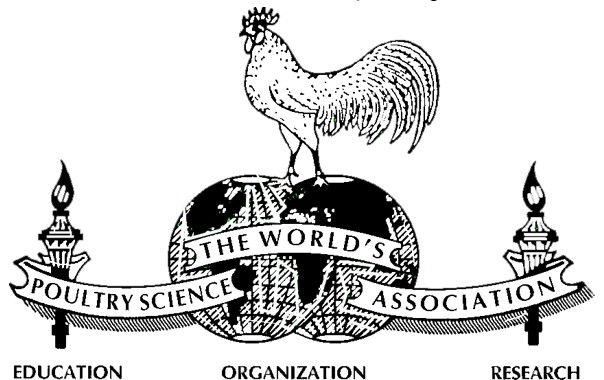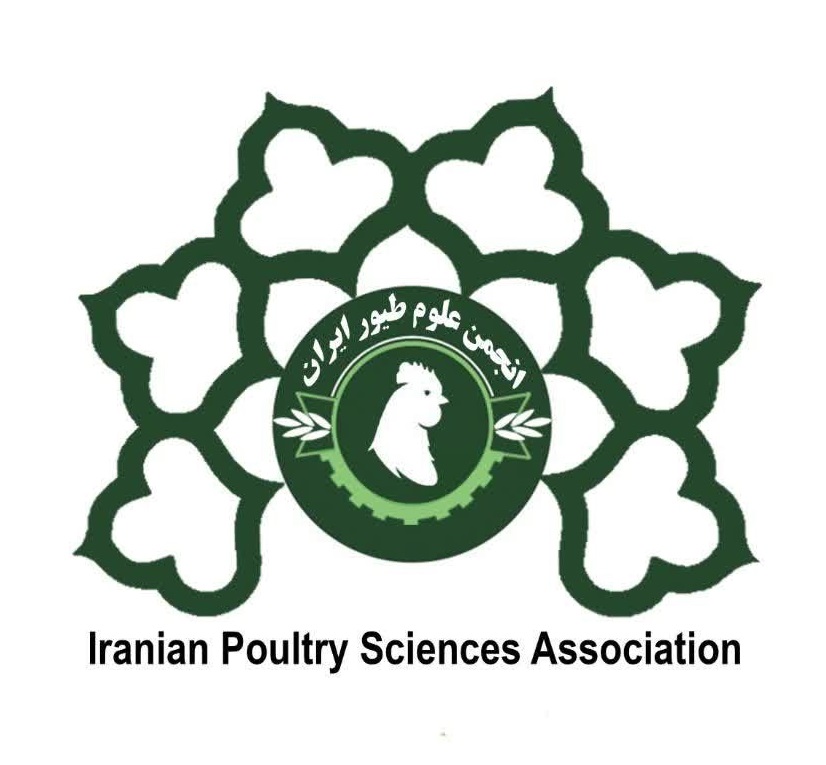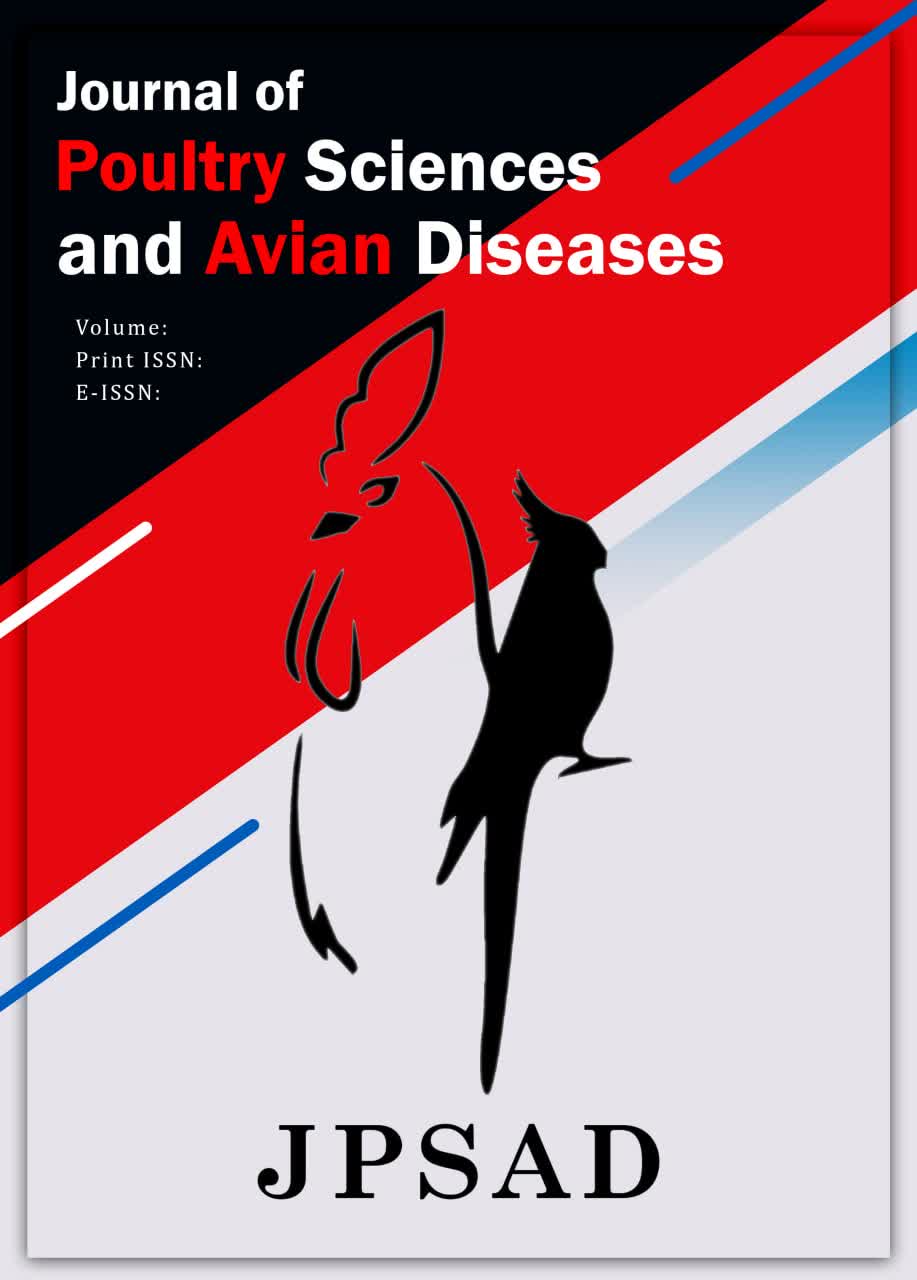The effect of protein and selenium on broiler performance and blood parameters in summer conditions
Abstract
Heat stress presents a substantial challenge for the poultry industry, negatively impacting broilers' health, growth, and productivity. Optimizing dietary crude protein (CP) levels is a viable approach to reduce the heat generated during birds' amino acid oxidation process. Additionally, supplementing diets with Selenium (Se), a potent antioxidant, can help counteract the detrimental effects of heat stress on broiler growth performance. To explore the effects of varying CP and Se levels on growth performance, carcass characteristics, blood parameters, immune function, and blood leukocyte profiles in broiler chickens under heat stress, a 42-day experiment was conducted. It involved 528 male broiler chicks (Ross 308), divided into six groups with 11 chicks each, fed diets with 100%, 94%, or 88% of the recommended CP levels, and two Se levels (0 and 0.04 mg/kg). The findings indicated that reducing dietary CP levels led to an improvement in daily weight gain (DWG) without affecting feed intake (FI), feed conversion ratio (FCR), or carcass traits. There was a significant interaction between CP and Se levels regarding glucose, albumin, uric acid, cholesterol, triglyceride levels, antibody titers against Newcastle disease virus (NDV), and monocyte counts. Se supplementation increased NDV antibody titers at 14 days, whereas reducing CP lowered these titers at 21 days. The study concluded that lowering dietary CP did not adversely affect growth performance, carcass quality, or blood parameters; it even enhanced DWG compared to a normal protein diet and influenced some blood parameters.
Downloads
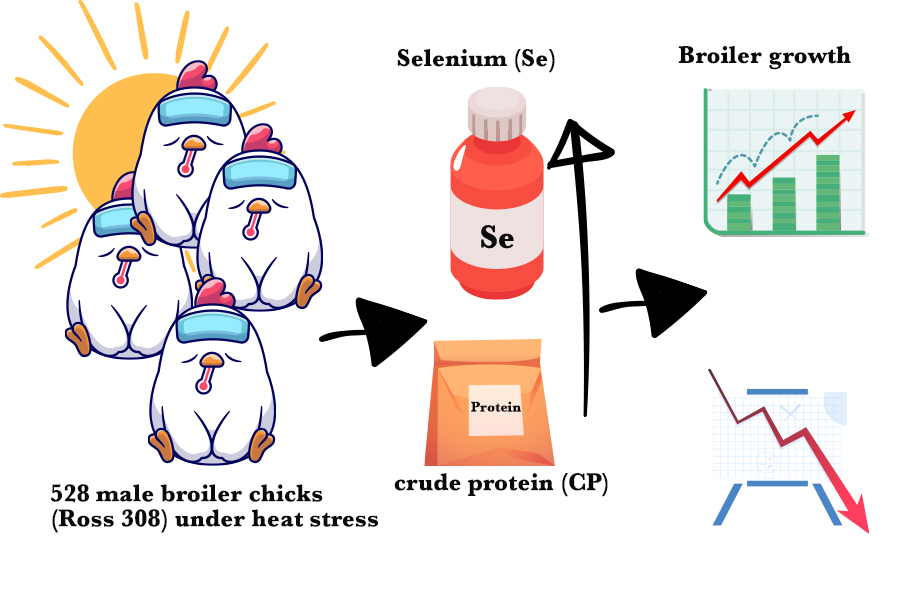
Downloads
Published
Issue
Section
License
Copyright (c) 2024 Ahmad Mohebbifar, Shadi Sedgh-Gooya, Mehran Torki (Author)

This work is licensed under a Creative Commons Attribution-NonCommercial 4.0 International License.







